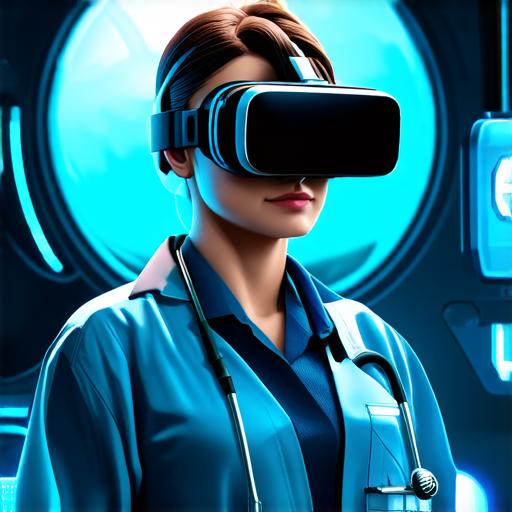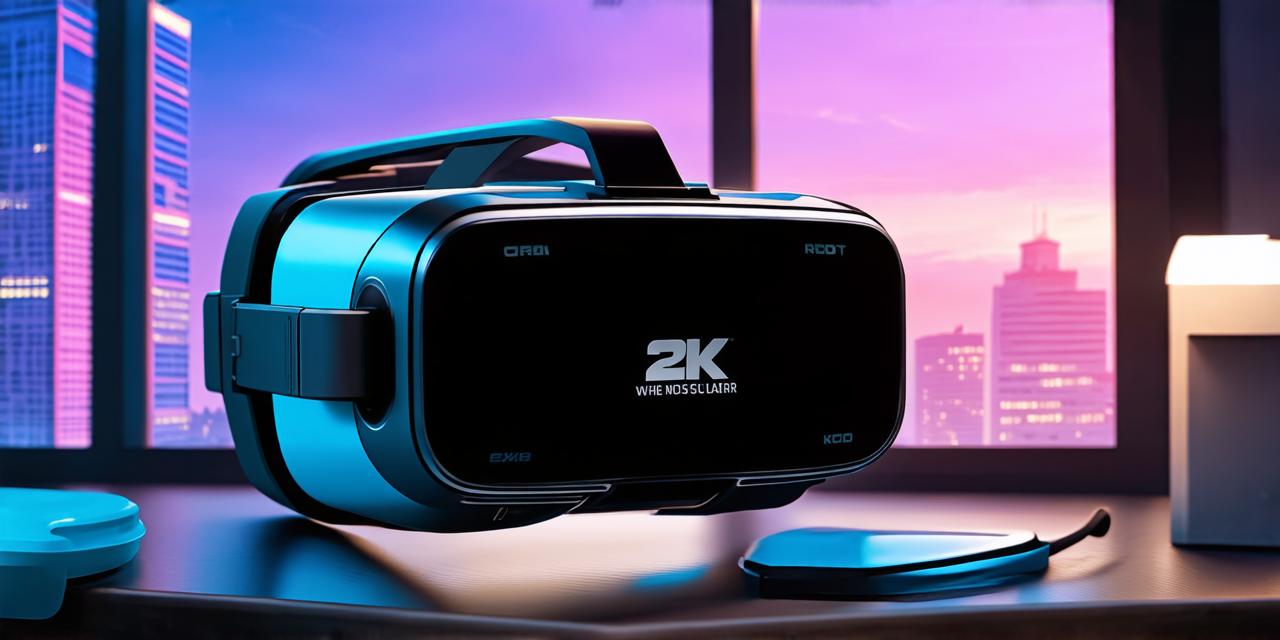Virtual reality (VR) technology has been around for decades, but it’s only in recent years that healthcare has begun to utilize this immersive technology to enhance patient care and improve medical outcomes.
The Evolution of Virtual Reality Technology
Virtual reality technology can be traced back to the 1960s when computer scientists first developed simple simulations for entertainment purposes. However, it wasn’t until the 1990s that VR technology began to gain traction in the healthcare industry.
In this decade, researchers started exploring the potential of VR as a tool for training medical professionals and improving patient care. One of the earliest applications of VR in healthcare was in the field of surgical training. Surgeons could use virtual simulations to practice complex procedures, allowing them to improve their skills and reduce the risk of complications during actual surgeries.
This technology also allowed surgeons to visualize and understand the anatomy of patients, which helped them plan and execute more precise operations. In addition to surgical training, VR technology was also used for pain management and rehabilitation therapy.
Patients could wear headsets or use other devices to immerse themselves in virtual environments that helped distract them from pain and discomfort during recovery. Physical therapists and occupational therapists also began using VR simulations to help patients regain mobility and improve their range of motion after injuries or surgeries.

Virtual Reality in Modern Healthcare
Today, VR technology has become increasingly prevalent in healthcare settings across the globe. Its use has expanded beyond surgical training and rehabilitation therapy to include a wide range of applications, including telemedicine, mental health treatment, and patient education.
Telemedicine is one of the most promising areas for VR technology in healthcare. With virtual reality, doctors can remotely perform consultations with patients without having to be physically present in the same room. This technology allows patients in remote or underserved areas to access medical care that they may not have been able to otherwise receive.
Virtual reality has also gained traction as a tool for mental health treatment. Mental health professionals can use VR simulations to create realistic environments that trigger specific emotions or behaviors in patients, allowing them to work through traumatic memories and develop coping strategies in a safe and controlled environment.
Finally, VR technology is being used increasingly in patient education. Patients can use virtual reality simulations to learn about their conditions, medications, and treatments in an interactive and engaging way. This technology can help patients better understand their health and make more informed decisions about their care.
Summary
The use of virtual reality technology in healthcare has come a long way since its early days as a novelty tool for surgical training. Today, VR is being used in a wide range of applications to improve patient outcomes and enhance the overall quality of care. As this technology continues to evolve and mature, we can expect to see even more exciting developments in healthcare in the years to come.



